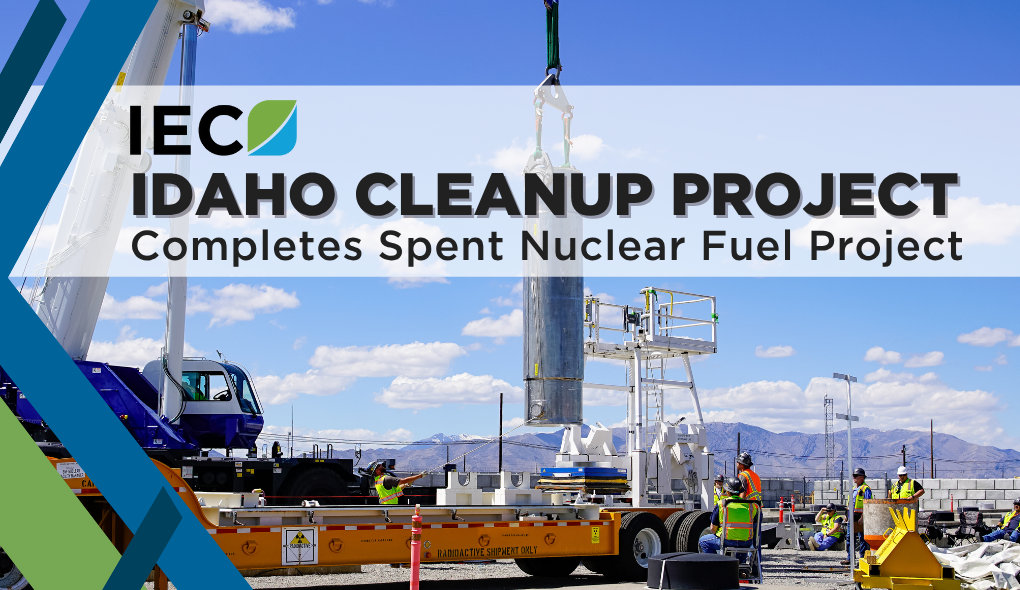Work Set to Start at One of Hanford’s Worst Sites
By Annette Cary, Herald staff writer
Work to determine what was buried in one of Hanford’s most hazardous waste sites is ready to begin with federal economic stimulus money.
Washington Closure Hanford has awarded a subcontract worth up to $4.4 million to North Wind Inc., of Idaho Falls to see what can be learned about the 618-10 Burial Ground without opening it up.
It is one of the two highest risk and most complex burial grounds in the 210 square miles at Hanford along the Columbia River. It was used from 1954 to 1963 to dispose of highly radioactive waste from research in Hanford’s 300 Area just north of Richland. The burial ground is a couple miles southeast of the Fast Flux Test Facility and about six miles north of Richland near the highway.
The Department of Energy believes it may contain up to 2.2 pounds of plutonium, but more will be known after North Wind completes its work.
The subcontractor is assigned to determine the exact locations of 94 vertical pipe units and then the types and locations of radioactive materials within them. Vertical pipe units were made by removing the tops and bottoms from 55-gallon drums so that five could be welded together into a pipe that could be buried vertically.
Closed containers from the size of juice cans to buckets holding laboratory waste were then dropped into the pipe units along with other material.
North Wind will install four long steel cylinders around each pipe unit plus install 100 cylinders in some of the 23 trenches that the 618-10 Burial Ground also includes. Instrumentation placed in the steel cylinders, called cone penetrometers, will take radiation readings to determine not just the location of radioactive material but also what isotopes they may include. The burial ground covers about six acres.
“Once we have the North Wind data, we’ll use it to help determine if intrusive characterization and sampling is needed,” said Nelson Little, the Washington Closure project manager for the characterization work, in a statement.
The initial sampling that will not open up the trenches or pipe units is expected to take about a year to complete.
“To quote Mary Poppins, ‘Once begun is half done’,” said Dave Einan, an engineer with the Environmental Protection Agency, the regulator for the Department of Energy project. “It’s very important to get the work started” to allow planning to begin for the retrieval of the waste.
DOE would like to have cleanup of the 210 square miles near the Columbia River completed in 2015, but its legal deadline under the Tri-Party Agreement requires completing cleanup of the 618-10 Burial Ground in 2018.
That will be difficult given the complexity and hazards of the burial ground work and the time and care that will be required to get it cleaned up, Einan said.
“This is the most complex burial ground we have tackled to date,” said Tom Foster, field remediation director for Washington Closure, in a statement. “Like other burial grounds at Hanford, there’s a lot we don’t know about it.”
Washington Closure will be proceeding very cautiously, he said.
It has some idea what might be in the trenches or vertical pipes from studying historical records. Material may include radiologically contaminated laboratory instruments, bottles, boxes, filters, aluminum cuttings, irradiated fuel element samples, metallurgical samples, electrical equipment, barrels, laboratory hoods and waste in shielded drums with high dose rates of radiation.
“We’re planning for everything to be anywhere,” said Washington Closure spokesman Todd Nelson.
The characterization work will be paid for with money from the American Recovery and Reinvestment Act. Once characterization is completed, work may begin to clean up the trenches.





